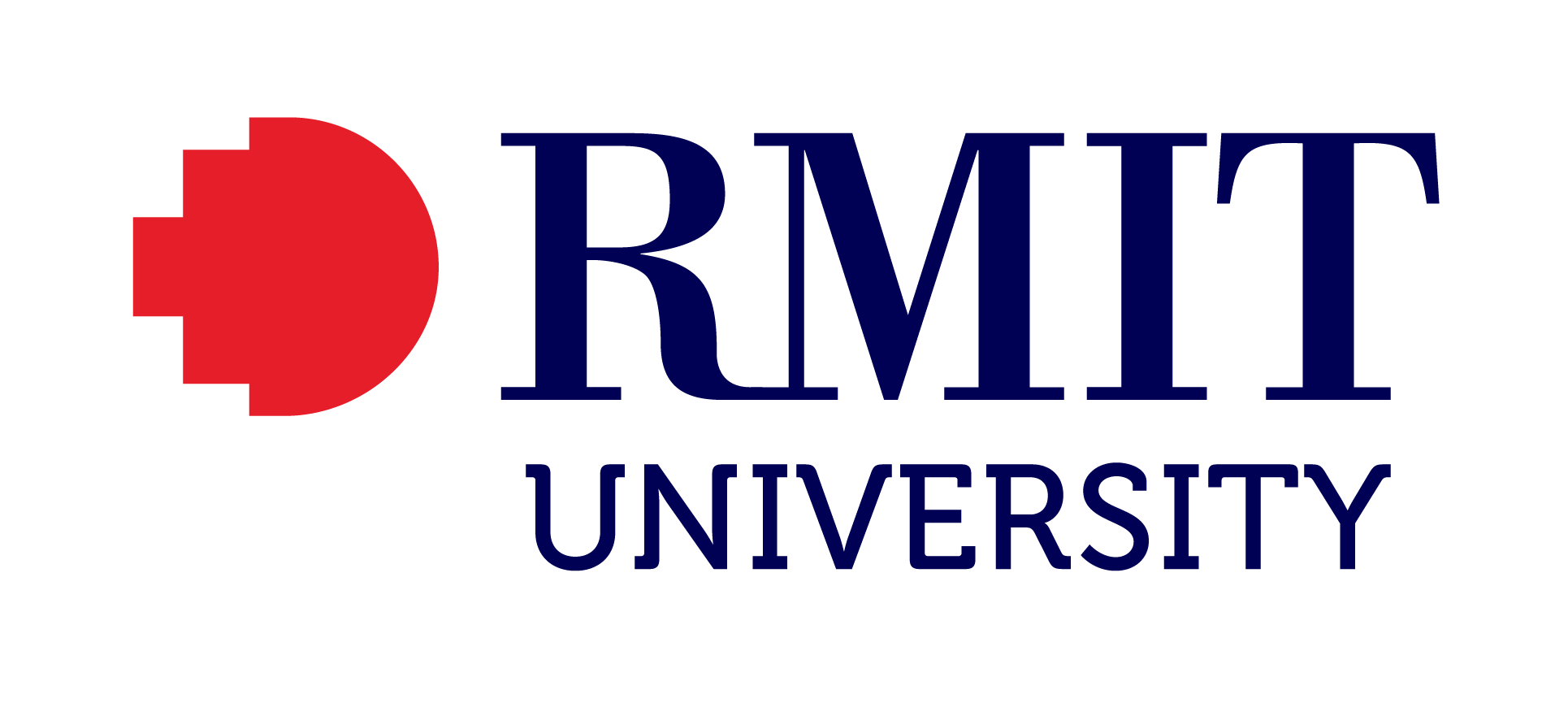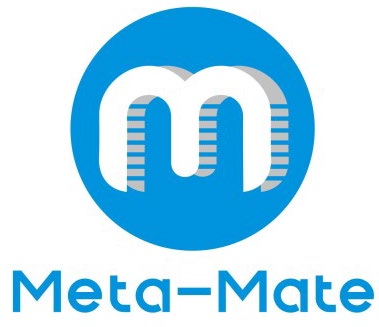Performance-Based Architectural Design and Optimization Using Biomaterial and AR-Assisted Discrete Assemblies
Project Description
This project explores a novel approach to integrating design and construction for timber materials, with a focus on performance optimization. It introduces a prefabrication manufacturing framework that seamlessly combines computational design tools, topology optimization, traditional woodworking techniques, and advanced assembly technology. By leveraging automation and discrete assemblies, this method enhances material efficiency, reduces weight, accelerates construction speed, and centralizes information flow.
Timber, chosen as the primary material, showcases how these technologies enable the off-site fabrication of complex, large-span structures and free-form designs through discrete modular components. This approach unlocks new architectural possibilities by allowing intricate, customized designs to be assembled from prefabricated discrete elements. Additionally, augmented reality (AR) for on-site assembly facilitates the quick and precise construction of these lightweight, modular components, paving the way for innovative applications in architecture and modular construction.
Objectives
- Objective 1 – Design and Optimize Prefabricated Timber Design to Enhance Material Efficiency and Reduce Weight. Develop and implement computational design and topology optimization methods to enhance the performance and efficiency of timber building forms and prefabrication processes. Aim to minimize material usage and structural weight while maintaining or improving structural integrity.
- Objective 2 – Integrate Discrete Assemblies for Modular Architecture. Collaborate with Project 6.6 to utilize their developed digital tools to designing processing workflows and assembly methods that adapt to the geometrical variations in input stock, facilitating automation within a consistent operational framework.
- Objective 3 – Leverage Augmented Reality (AR) for On-Site Assembly. Employ AR technology to facilitate accurate and efficient on-site assembly of modular timber components, aiming to reduce construction time and errors.
- Objective 4 – Establish a Centralized Information Workflow. Create a streamlined workflow that integrates design, fabrication, and construction data to improve coordination, communication, and overall project efficiency, align with Project 6.3A on systems design for optimised design-to-delivery of prefabricated timber buildings
Targeted industry focused outcomes
The intended outcomes of this project are to revolutionize the timber prefabrication industry by integrating cutting-edge computational design, digital fabrication, and augmented reality technologies. The project aims to optimize material efficiency, reduce waste, and improve structural performance through computational methods and topology optimization. By developing lightweight, large-span modular timber components, the project will enable faster, more accurate construction with reduced reliance on skilled labor through automation and AR-assisted assembly.
In addition, the project will provide manufacturers with actionable recommendations and a visual programming framework to adopt efficient Design for Manufacturing and Assembly (DfMA) processes, streamlining workflows from design to project handover. The integration of human-robot collaboration in timber prefabrication will enhance manufacturing processes, allowing for greater scalability and precision. Ultimately, the project will contribute to the industry’s shift towards more sustainable and resource-efficient construction practices, positioning timber as a viable, innovative solution in modern architecture.
As per the project KPIs, this project aims to deliver a Technical Guide on best practices for computational design, topology optimization, and digital fabrication in timber prefabrication. It will also provide Prototype & Case Studies showcasing lightweight, large-span modular timber structures for real-world applications. Additionally, Automation & AR Integration will be developed through AR-assisted workflows to enhance on-site assembly, reducing errors and accelerating construction. The project will also focus on Optimized Manufacturing & Assembly, integrating human-robot collaboration and automation to increase timber prefabrication efficiency.
Furthermore, the project will support Industry Training & Adoption through workshops, training materials, and guidelines to foster the industry’s uptake of digital tools. It will also provide Sustainability & Efficiency Metrics, offering data-driven insights into material waste reduction, faster construction, and resource-efficient workflows, contributing to more sustainable practices in timber construction.
The impact of this project will be measured through a combination of qualitative and quantitative metrics, ensuring a comprehensive assessment from both academic and industry perspectives:
Quantitative Metrics:
- Material Efficiency: Reduction in material waste and optimized use of timber through computational design and topology optimization.
- Construction Speed: Decreased assembly time through the use of prefabricated, lightweight timber components and AR-assisted workflows.
- Structural Performance: Improved structural efficiency, evaluated through load-bearing tests and performance analysis of optimized components.
- Automation & AR Effectiveness: Reduction in errors and rework during assembly through AR guidance, as well as speed improvements in the assembly process.
- Industry Adoption: The number of industry partners adopting the developed methodologies, tools, and workflows, as well as the integration of these technologies into their processes.
Qualitative Metrics:
- Industry Feedback: Insights and feedback from industry partners on the practicality and effectiveness of the developed technologies, frameworks, and workflows.
- Workforce Skill Enhancement: Feedback from training workshops and the adoption of new digital tools in the workforce, contributing to improved labor efficiency and capability.
- Sustainability Impact: Qualitative assessments of the environmental benefits, such as reduced carbon footprint and increased resource efficiency, based on case study implementations.
- Policy & Standardization Influence: Contributions to industry standards and guidelines for timber prefabrication, measured through recognition in industry publications or inclusion in best practices.
These metrics will be used to assess both the immediate and long-term impact of the project on the timber prefabrication and modular construction industries, in alignment with the project’s KPIs.
Resources
Conference Paper: REIMAGINING TIMBER: AN INTEGRATED APPROACH OF RESOURCE EFFICIENT FABRICATION PROCESS FOR TOPOLOGICALLY OPTIMISED CROSS-LAMINATED TIMBER SLABS
Conference Paper: ARCHITECTURAL TOPOLOGICAL FORM-FINDING INTEGRATING SOLID STRUCTURAL PERFORMANCES
Journal Article: TRANSFORMING ARCHITECTURE: THE ROLE OF INTERDISIPLINARY COLLABORATION IN DESIGN AND FABRICATION.
Exhibition
- Melbourne Design Week, Reimagining Timber- Bao, D. W., Luo, D., Gattas, J. M, https://www.rmit.edu.au/news/all-news/2025/apr/return-to-melbourne-design-week
- World Conference on Timber Engineering Expo, Reimagining Timber- Bao, D. W., Luo, D., Gattas, J. M, https://www.advance-timber-hub.org/hub-news/reimagining-timber-adaptive-structures-from-out-of-grade-wood
News
News on Wood Central Platform – Future ‘Out-of-Grade’ Timbers Can Be Used in Long-Span Structures, https://woodcentral.com.au/future-out-of-grade-timbers-can-be-used-in-long-span-structures
Objectives/Deliverables
- Deliver a comprehensive research output including a conference presentation and publication (ACADIA and DigitalFUTURES), a peer-reviewed journal article (e.g., Automation in Construction, Robotic Construction), a workshop with a small-scale prototype, and a draft digital toolbox (plugin for Rhinoceros 3D and Grasshopper) for designing resource-constrained discrete timber structures.
- Complete a multifaceted project comprising participation in an exhibition or expo (e.g., Design Week, Biennale, IASS Expo), publication of a peer-reviewed journal article (e.g., Sustainable Structures, Architectural Intelligence), delivery of a workshop with a mid-scale prototype, and further development of a digital toolbox for a workflow model.
- Achieve a comprehensive dissemination and implementation milestone, including a conference presentation and publication, seminar or forum presentation, exhibition or demo, construction of a large-scale prototype or integration into a real building, and release of the final version of the digital toolbox.
- Complete key research deliverables including a PhD thesis, Intellectual Property (IP) registration, practical industry implementation or translation, and submission of a final project report.
Project Leader/s
Ding Wen ‘Nic’ Bao
Project Leader; Chief Investigator
RMIT University
Project Staff
Harlan Guo
PhD Candidate
RMIT University
Shaobin (Steve) Li
Research Assistant
RMIT University
Project Investigators
Ding Wen ‘Nic’ Bao
Project Leader; Chief Investigator
RMIT University
Candy Wang
Partner Investigator
Meta-Mate Pty Ltd
Lead Project Partner Organisation

